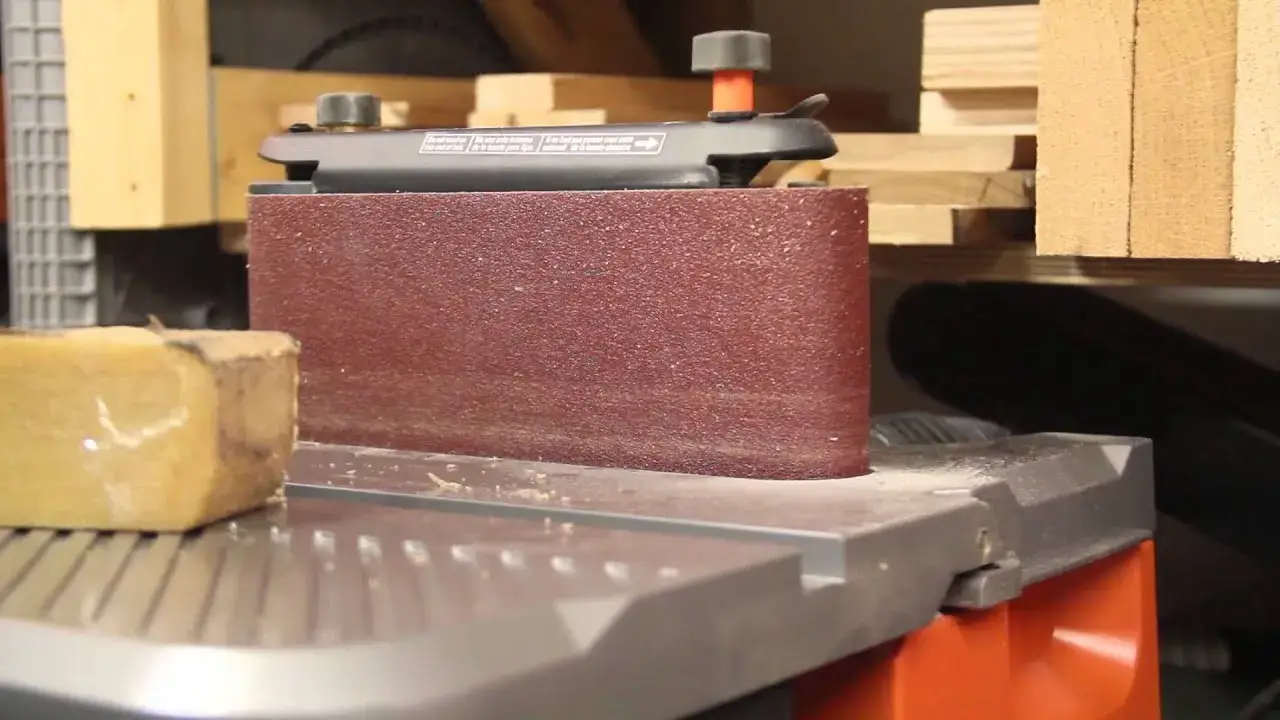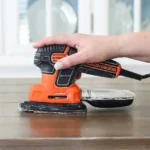Sanding is an essential part of woodworking, carpentry, and DIY projects. It can make a huge difference in the appearance and quality of your work. However, not all sanders are created equal. Depending on the type of project, the size of the surface, and the desired finish, you may need to choose between a belt sander and an orbital sander. But which one is better for your needs? In this article, we will compare and contrast these two types of sanders, explain their pros and cons, and help you decide which one is best for you.
The Difference Between a Belt Sander and an Orbital Sander
A belt sander is a powerful tool that uses a continuous loop of sandpaper to remove a large amount of material from the workpiece. An orbital sander is a less aggressive tool that uses sanding discs that spin in small circles to achieve a smooth surface finish.
A belt sander consists of two rotating drums that hold a sanding belt, which can vary in width and length. The belt moves at a high speed, creating a lot of friction and heat. A belt sander is ideal for rough sanding, leveling, and shaping large, flat surfaces, such as floors, doors, and tabletops. It can also strip paint and varnish, and remove imperfections from rough-cut lumber. However, a belt sander can also damage the workpiece if not used carefully. It can leave deep scratches, gouges, and burns, and it can be hard to control. A belt sander is not suitable for fine sanding, curved surfaces, or corners.
An orbital sander, also known as a sheet sander or a finishing sander, has a rectangular or square sanding pad that moves in an orbital motion. The pad can use standard sandpaper sheets or hook-and-loop sandpaper discs. An orbital sander is designed for fine sanding, smoothing, and polishing small to medium-sized surfaces, such as furniture, cabinets, and trim. It can also remove paint and varnish, and sand corners and edges. An orbital sander is easy to use and maneuver, and it produces a consistent and even surface finish. However, an orbital sander has a low material removal rate, and it can leave swirl marks on the workpiece. An orbital sander is not suitable for rough sanding, large surfaces, or heavy-duty tasks.
A variation of the orbital sander is the random orbital sander, which has a round sanding pad that rotates and orbits in a random pattern. This prevents swirl marks and creates a finer and smoother surface finish. A random orbital sander can use hook-and-loop sandpaper discs of different grits and sizes. A random orbital sander is more versatile and efficient than an orbital sander, and it can handle both rough and fine sanding. It can also be used for automotive work, such as buffing and polishing. However, a random orbital sander is more expensive than an orbital sander, and it requires special sandpaper discs.
How to Choose Between a Belt Sander and an Orbital Sander
The choice between a belt sander and an orbital sander depends on several factors, such as the type of project, the size of the surface, the desired finish, and the budget. Here are some general guidelines to help you choose the right sander for your needs:
- If you need to remove a lot of material from a large, flat surface, such as a floor, a door, or a tabletop, a belt sander is the best option. It will save you time and effort, and it will create a level and smooth surface. However, you need to be careful not to over-sand or damage the workpiece, and you need to follow up with a finer sander to achieve a polished finish.
- If you need to sand a small to medium-sized surface, such as a piece of furniture, a cabinet, or a trim, an orbital sander is the best option. It will give you more control and precision, and it will produce a consistent and even surface finish. However, you need to be patient and gentle, and you need to avoid leaving swirl marks on the workpiece.
- If you need to sand a curved or irregular surface, such as a chair leg, a molding, or a sculpture, a random orbital sander is the best option. It will adapt to the shape and contour of the workpiece, and it will create a finer and smoother surface finish. However, you need to invest in a quality tool and sandpaper discs, and you need to use the right speed and pressure.
Conclusion
A belt sander and an orbital sander are two different tools that serve different purposes. A belt sander is better for rough sanding, leveling, and shaping large, flat surfaces, while an orbital sander is better for fine sanding, smoothing, and polishing small to medium-sized surfaces. A random orbital sander is a variation of the orbital sander that offers more versatility and efficiency. The choice between these sanders depends on the type of project, the size of the surface, the desired finish, and the budget. By understanding the pros and cons of each sander, you can make an informed decision and achieve the best results for your work.




